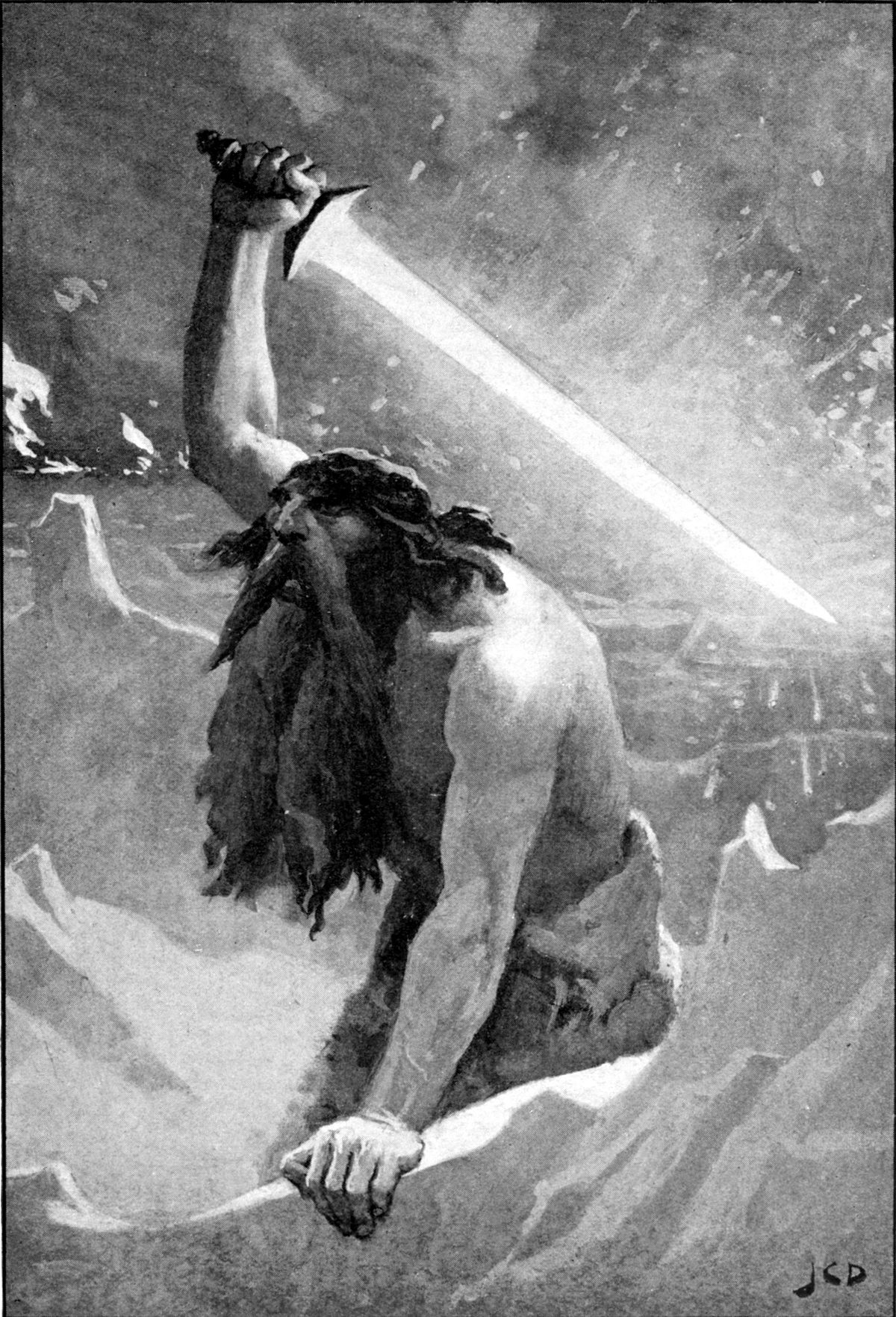Case in point: the Big Bang theory that forms the backbone of modern cosmology was conceived by Georges Lemaître, a Belgian physicist who also happened to be a Catholic priest. His life project was to merge the Christian creation myth with modern science. He was looking for ways to prove the overall soundness of the Book of Genesis. Not surprisingly, he found evidence everywhere. The apparent expansion of the universe, when extrapolated back in time, gave him and those sympathetic with his interpretation an origin of the universe at about 13.8 billion years ago. Never mind that there are all sorts of problems with the theory. It fits Catholic dogma, and is therefore fiercely defended by those who are inclined towards this particular type of creation myth.
However, there are other myths that fit observations. Hindu religion contains ideas of unending cycles, complete with expansion and contraction. There's no true beginning and no true end, just an endless series of cyclical transformations. This would more easily explain why certain objects appear to be older than the universe. With no true beginning, everything is infinite. Things, including matter, live and die in grand cycles. Some objects are old, others are young, and they exist together like families. Such a cosmos is an ecosystem. It is eternal with birth, death and rebirth happening everywhere, all the time.
I'm personally in favor of the eternal universe model suggested in Hindu religion. But I'm also impressed by the creation myth found in Norse mythology. It fits well with the strict particle model proposed in my book on aether physics, especially if everything boils down to two types of strings.
Norse mythology tells of a great void (Ginnungagap) with two openings, one to the north (Niflheim) and the other to the south (Muspelheim). There are strands of mist coming out from the north, and there are strands of fire coming out of the south. Where the strands meet, there is creation and existence. The entire universe is powered by cold and fire.
First thing to note is that this sounds very much like an electric circuit, which should delight proponents of the electric universe model. Secondly, we find all three main components presented in the model laid out in my book. There is a void, filled with particles, created out of strings of opposing qualities. One component is woolly soft and cold like mist, and the other component is abrasive and harsh like fire.
What all of this shows is that creation myths are as old as humanity. People have always thought about these things, and many of the old thoughts are as well conceived as many modern ones. When used properly, creation myths can serve as inspiration and an aid to visually and poetically represent things. However, it's a mistake to take myths as dogma. Truth is, we will never know for sure how the universe hangs together. The best we can do is to find models that help us understand and come to terms with existence. Nothing is gained by jealously defending one particular world view over all others.
By John Charles Dollman - Guerber, H. A. (Hélène Adeline) (1909). Myths of the Norsemen from the Eddas and Sagas. London : Harrap. This illustration facing page 2. Digitized by the Internet Archive and available from https://archive.org/details/mythsofthenorsem00gueruoft Some simple image processing by User:Haukurth. Previous upload from http://www.nottingham.ac.uk/mss/online/online-exhibitions/exhib_ice/b5.phtml, Public Domain, Link

No comments:
Post a Comment